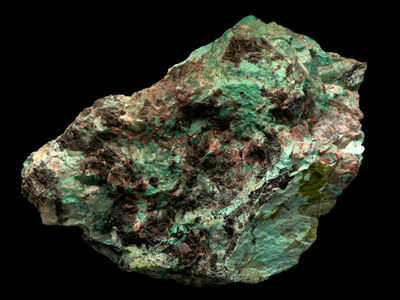Building materials, such as limestone or metals, is one area covered in high school Science. This quiz looks in particular at extracting unreactive metals.
Metals are one of the natural materials that can be found in the ground. The extraction of unreactive metals is considerably easier than getting more reactive metals like aluminum and magnesium from their ores. The least reactive, like gold and silver, occur 'native' which means that they exist as the metal itself. Extracting them is just a matter of chipping them out of the rocks. That does require some physical effort, but it does not involve the need for any chemical reactions.
Metals a little higher than gold and silver occur as compounds, usually the oxide, and so they need to be chemically extracted (smelted). Where natural processes have concentrated these sufficiently, we say that we have an ore. Metals can be commercially extracted from these ores.
Luckily we can use other materials to help us! The non-metal carbon is more reactive than metals like iron (which we use to make steels) and copper (which we use for things like water pipes and electrical cables). This means that it is relatively cheap and easy to obtain these metals. Simply heating the unreactive metal oxide with carbon will reduce the metal, displacing it from the ore.
Carbon comes in many forms and, for smelting metals, it was originally charcoal that was used. In fact, the discovery of smelting was probably by pure accident. Some of the ores of copper are attractive and have been used for jewelry. Imagine, a few thousand years in the past, a piece of jewelry was accidentally dropped into a wood fire. When wood burns, it leaves a lot of carbon. When the fire was cold, the owner of the jewelery would have looked for it but have only found a lump of copper.
The next step would have been to use charcoal, which contains more carbon than the ashes of wood burnt on an open fire. The first furnaces that were used to smelt iron were powered by charcoal but eventually coke, made from coal, was found to be even more effective.








